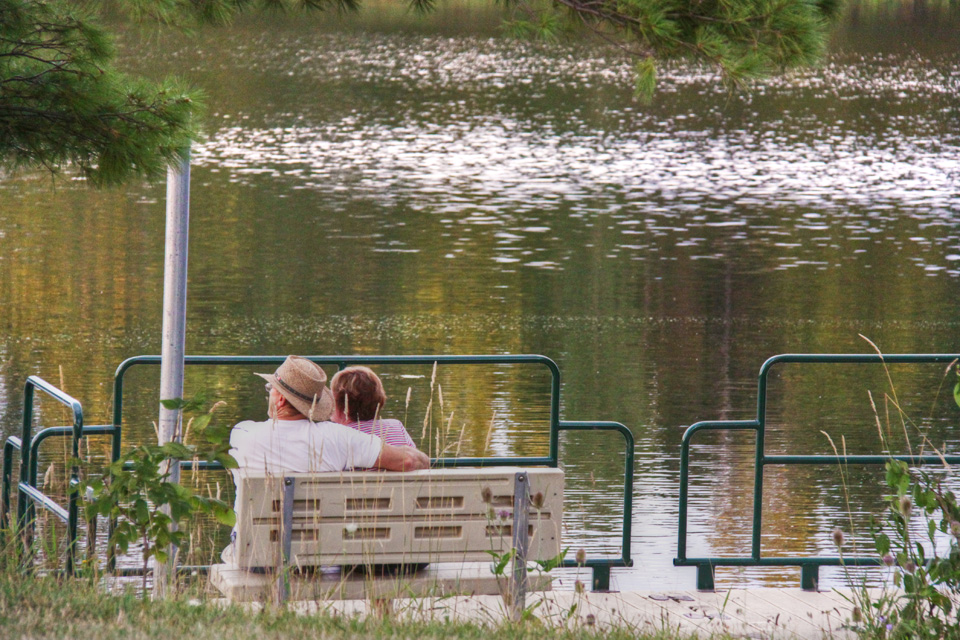Do you remember being a kid, or even a young adult and believing that ‘old’ was 20 years older than whatever age you were? A 10 year old would see a 30 year old as ‘old’ while someone who was 35 would think ‘old’ was 55. Children’s books typically portray grandmothers with white hair done up in a bun, wearing an apron and flat, sensible shoes and they all made the best cookies. Constantly. Truth be told, my grandmothers were those stereotypes as far back as I can remember. My grandfathers also fit the mould of the day – white hair and portly stature, they worked until 65 and retired to a life of leisure while their wives continued to look after them and the house.
These days most grandmothers don’t look like that. Women with careers, coloured hair, Juvederm and Botox injections mean that they often don’t look like grandmothers at all. Men indulge as well. Exercise classes are full of aging men and women keeping active and fit.
It turns out that whatever it is we think seniors are supposed to be like is what we will be like as seniors. Becca Levy, associate professor of epidemiology and psychology at Yale University, has done a series of studies looking at age stereotypes. Her findings indicate that those with positive age stereotypes live 7.5 years longer than those with negative age stereotypes. Those with positive age stereotypes also ate a better diet, exercised, had regular physicals and maintained a higher level of physical function.
The message is clear: We need to teach our children about aging in a positive way and we need to keep positive thoughts in our heads as we age.

